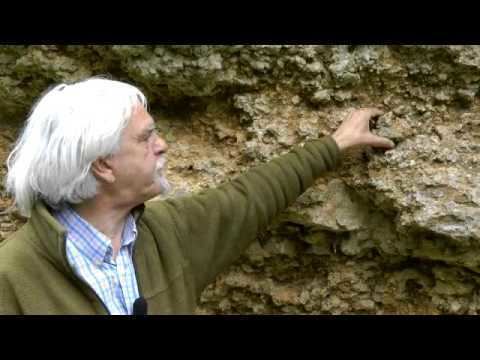Nationality United Kingdom | Role Professor Name Martin Brasier | |
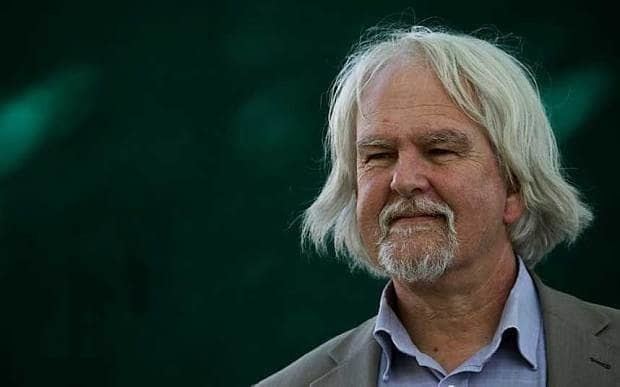 | ||
Born 12 April 1947Wimbledon, London, England ( 1947-04-12 ) Institutions British Geological SurveyUniversity of ReadingUniversity of HullMemorial University of NewfoundlandUniversity of Oxford Alma mater University of LondonUniversity of Oxford Books Darwin's Lost World: The Hidden History of Animal Life, Microfossils | ||
Martin brasier on the hidden history of the cell
Martin David Brasier FGS, FLS (12 April 1947 – 16 December 2014) was an English palaeobiologist and astrobiologist known for his conceptual analysis of microfossils and evolution in the Precambrian and Cambrian.
Contents
- Martin brasier on the hidden history of the cell
- 11LynnMargulisSymposiumBrasiermov
- Contributions
- Recent awards
- Selected publications
- Books
- References
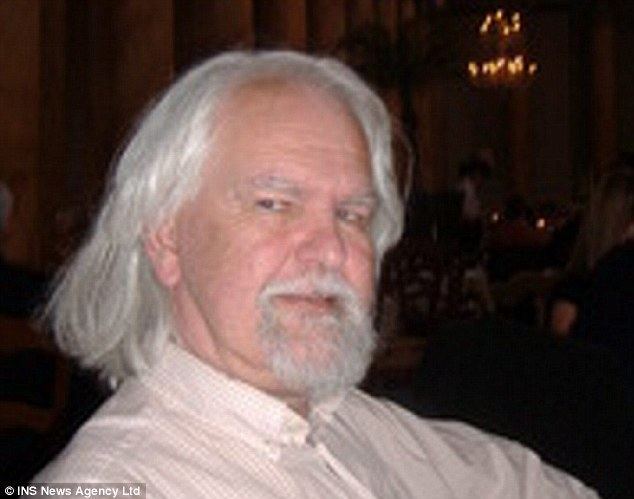
He was Professor of Palaeobiology at the University of Oxford and Emeritus Fellow of St Edmund Hall. His research critically examined the context and character of the early fossil record, making use of field mapping, logging, optical petrography, stable isotope geochemistry, confocal microscopy, NanoSims microprobes, and lasers for high resolution 3D scanning and laser Raman spectroscopy.
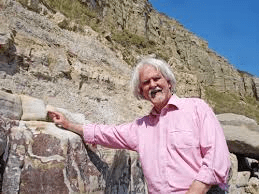
Brasier died in a car accident near Burford, Oxfordshire, UK, on 16 December 2014.
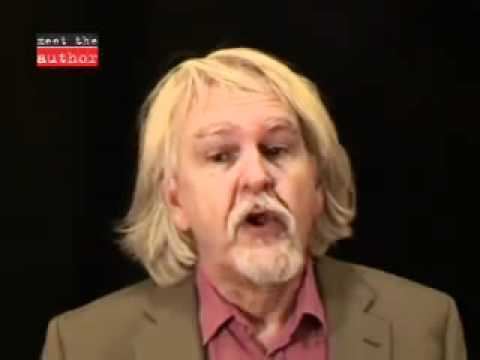
11_Lynn_Margulis_Symposium_Brasier.mov
Contributions
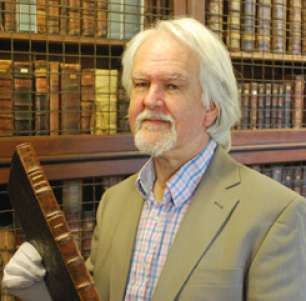
His contributions include the Brasier–Schopf debate on critical testing of questionable 3460 Ma Apex chert 'microfossils' at NASA; work on the earliest well-preserved fossils of cells (biology) (3430 Ma Strelley Pool); the pumice hypothesis for the origins of life; mapping the earliest life on land (1000 Ma Torridonian); and the palaeoecology, development and evolution of Ediacaran to early Cambrian organisms. He was secretary and then leader of the International Geoscience Programme, UNESCO and International Commission on Stratigraphy Projects on the Precambrian-Cambrian Boundary decision. This defined the base of the Phanerozoic Eon, Palaeozoic Era and Cambrian Period at a section in Newfoundland and Labrador based upon the appearance of the first assemblage of vertical burrowing animal trace fossils Treptichnus pedum The same datum also defines the top of the Precambrian and of the Proterozoic Eon. His own book on the subject, Darwin's Lost World was published in 2009 as part of the Charles Darwin centenary celebrations. His sequel, called Secret Chambers, goes in search of the symbiotic origins of the eukaryote chloroplast, tracing its evolution through the last two billion years, exploring the ideas of Robert Hooke, Elso Barghoorn, Tom Cavalier-Smith and Lynn Margulis, and delving into the interval that Brasier dubbed 'the Boring Billion'.
Recent awards
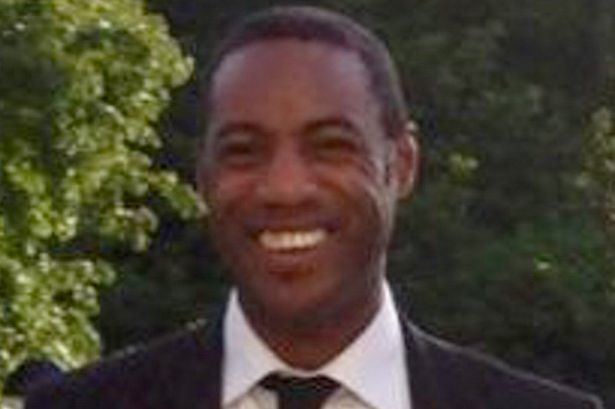
Selected publications
